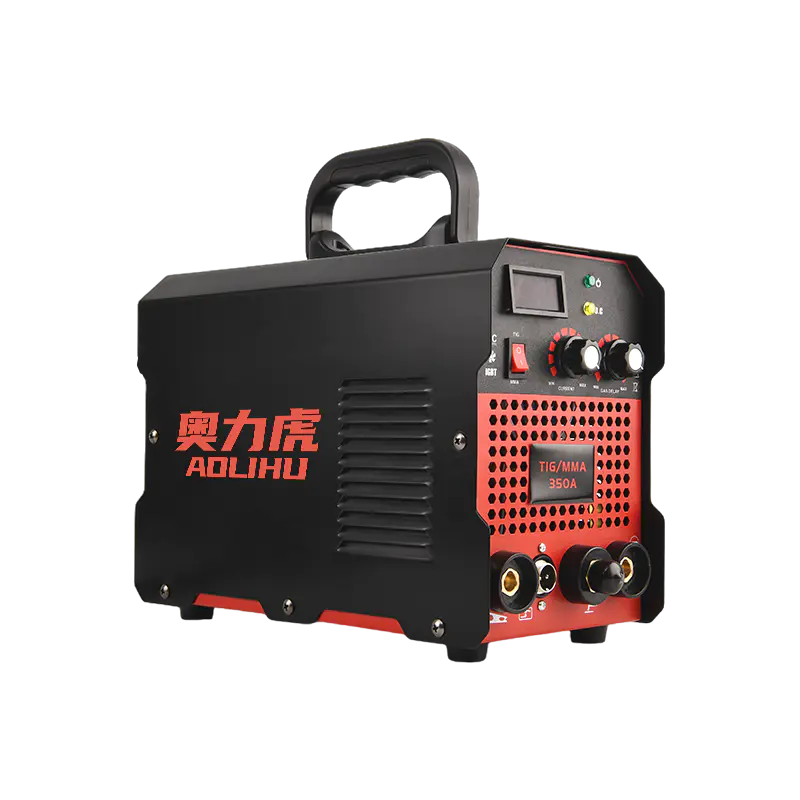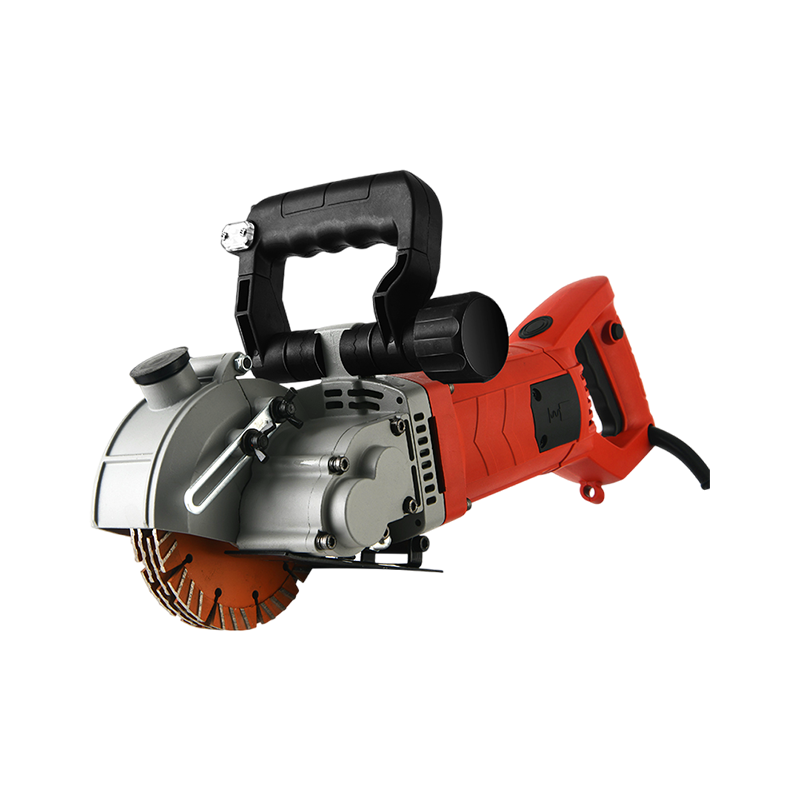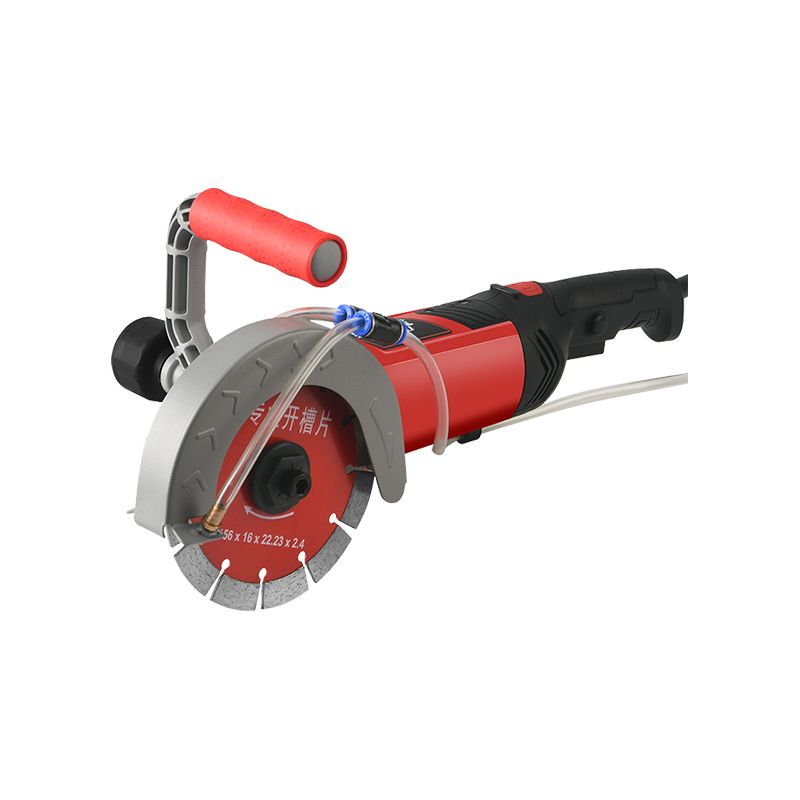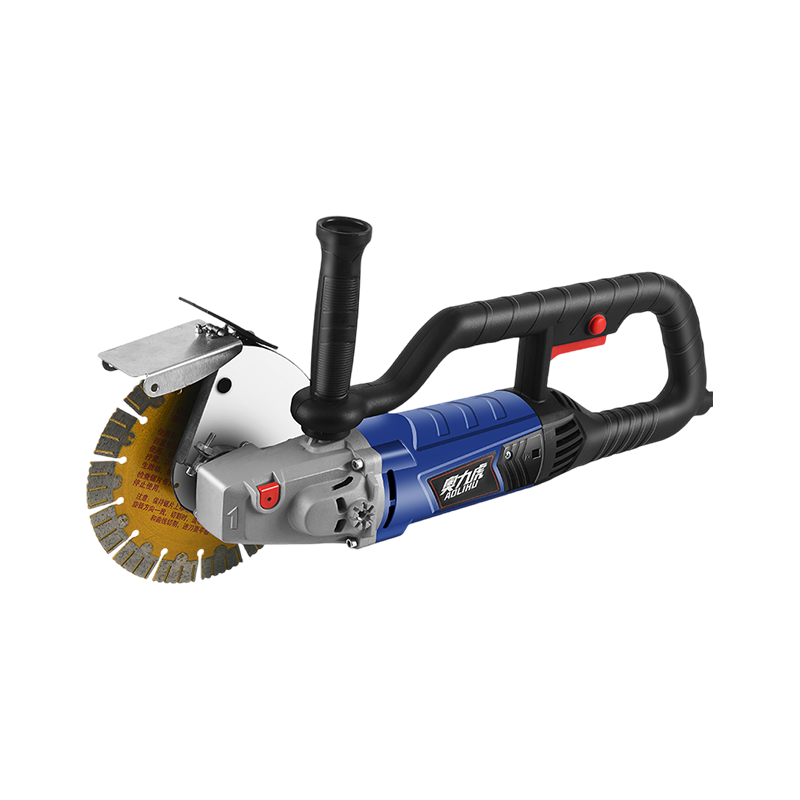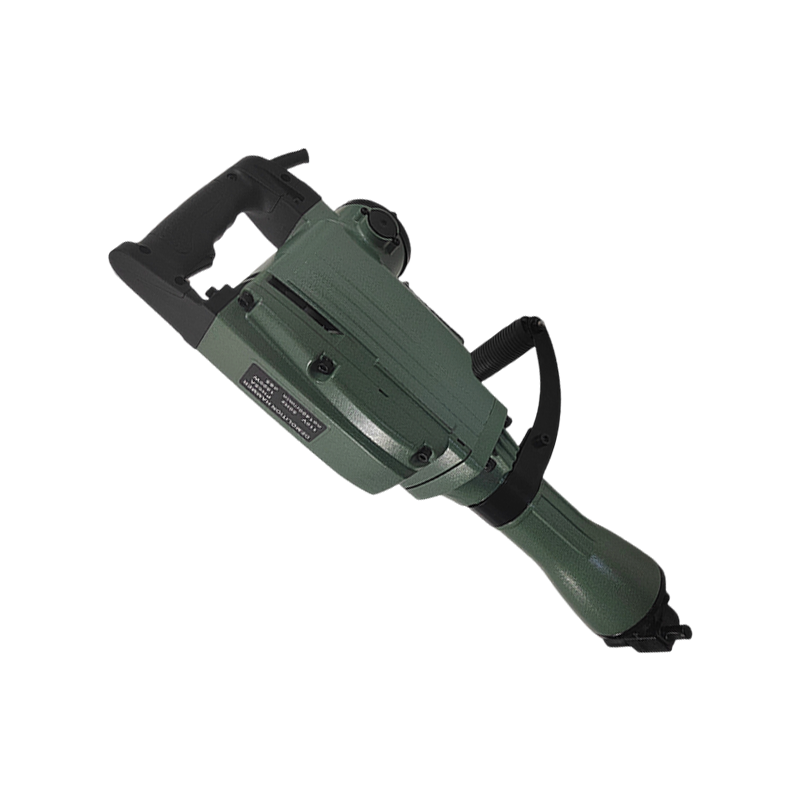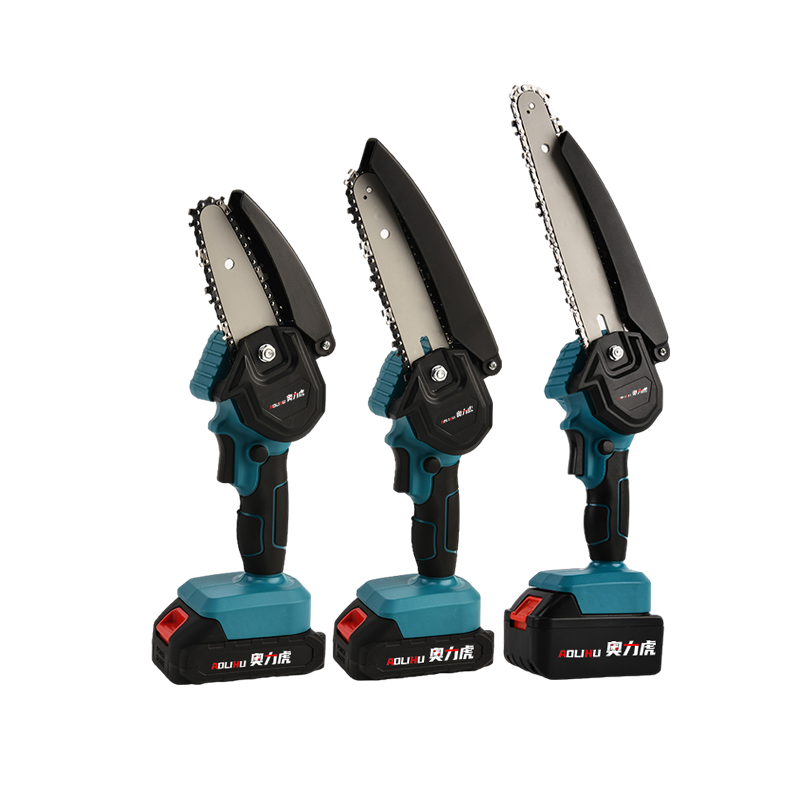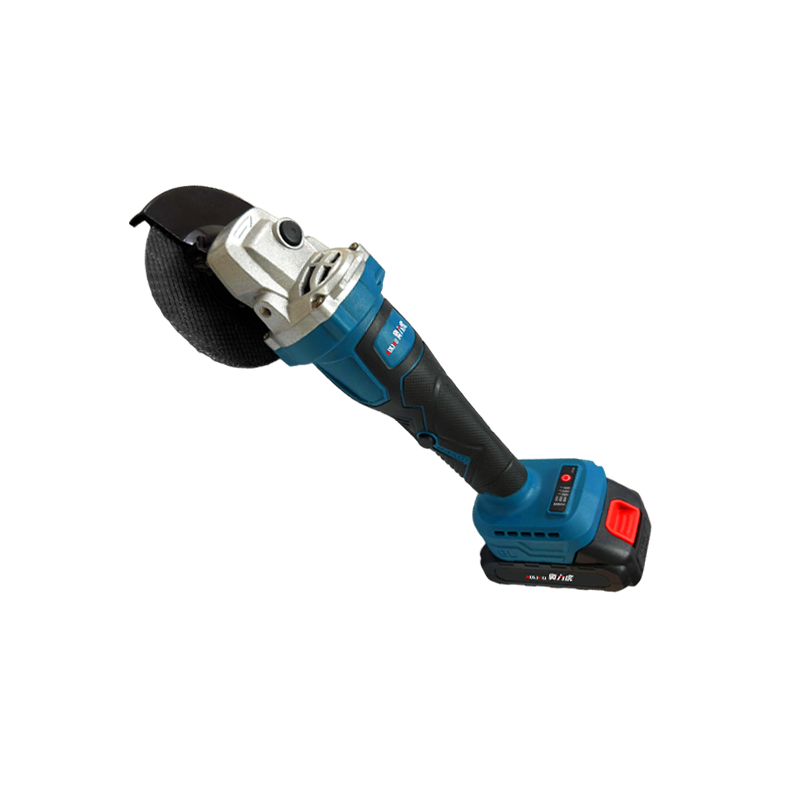Manual Metal Arc welding equipment, commonly known as the MMA welding machine. These developments are bringing notable improvements to welding operations across various industries, from infrastructure projects to repair and maintenance services. The evolution of this fundamental tool is enhancing performance characteristics while maintaining the versatility that has made this welding method widely utilized for decades.
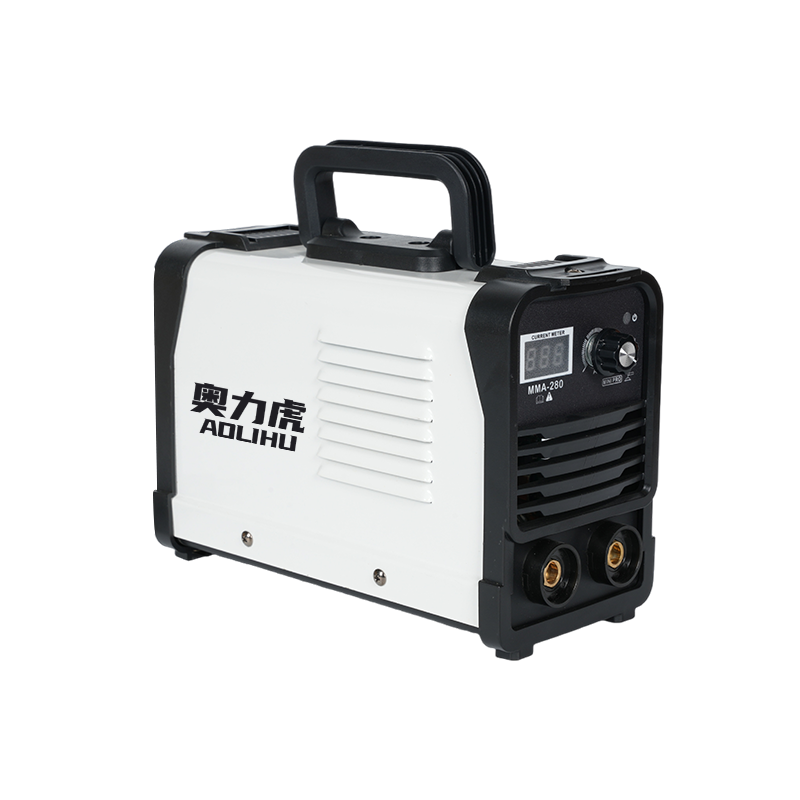
The core functionality of an MMA welding machine revolves around creating an electric arc between a consumable electrode and the base material, generating sufficient heat to fuse metals together. This process remains popular due to its relative simplicity and adaptability for use in various environments, including outdoor applications and locations with limited power access. Modern iterations of the MMA welding machine have incorporated technological refinements that build upon this established principle while addressing traditional limitations.
Recent engineering advancements have significantly improved the operational efficiency of the MMA welding machine. Modern power conversion technologies allow for better control over the welding arc, resulting in more stable performance and easier handling for operators. These developments have contributed to reduced spatter levels and improved bead appearance in welds produced by contemporary MMA welding machine models. Additionally, enhancements in power source design have led to equipment with better energy conversion efficiency, supporting lower operational costs over time.
The portability aspect of the MMA welding machine has seen considerable attention in recent product developments. Manufacturers have successfully reduced the size and weight of many models while maintaining or even improving their power output capabilities. This evolution has made the MMA welding machine increasingly suitable for applications requiring mobility, such as pipeline welding, structural steel erection, and remote repair work. Improved battery technologies in cordless versions and enhanced generator compatibility for petrol-powered models have further expanded the operational flexibility of the MMA welding machine in field applications.
Safety features represent another area of meaningful progress in MMA welding machine design. Modern units typically incorporate more sophisticated protection systems against electrical hazards, including enhanced insulation technologies and improved thermal protection mechanisms. These safety enhancements help protect both the equipment and the operator during demanding welding tasks. Some advanced models of the MMA welding machine now include features that assist with arc ignition, reducing the need for manual scratching and potentially small related safety concerns.
The durability and maintenance requirements of the MMA welding machine have also seen positive developments. Construction improvements have led to equipment better resistant to environmental challenges such as dust, moisture, and mechanical impacts. These robustness enhancements contribute to extended service life and reduced downtime for maintenance. Simultaneously, simplified serviceability designs in newer MMA welding machine models facilitate quicker component replacement and repair when necessary, supporting continuous operation in demanding industrial environments.
Market availability of the MMA welding machine continues to expand, with specialized models emerging for specific applications and user requirements. This diversification allows professionals to select equipment more precisely matched to their particular welding needs, whether for heavy industrial use, specialized maintenance tasks, or educational training purposes. The ongoing development of the MMA welding machine reflects a continuing commitment to meeting the evolving demands of welding professionals across global markets, combining reliable performance with practical technological enhancements suited to real-world working conditions.

 English
English русский
русский Français
Français Español
Español